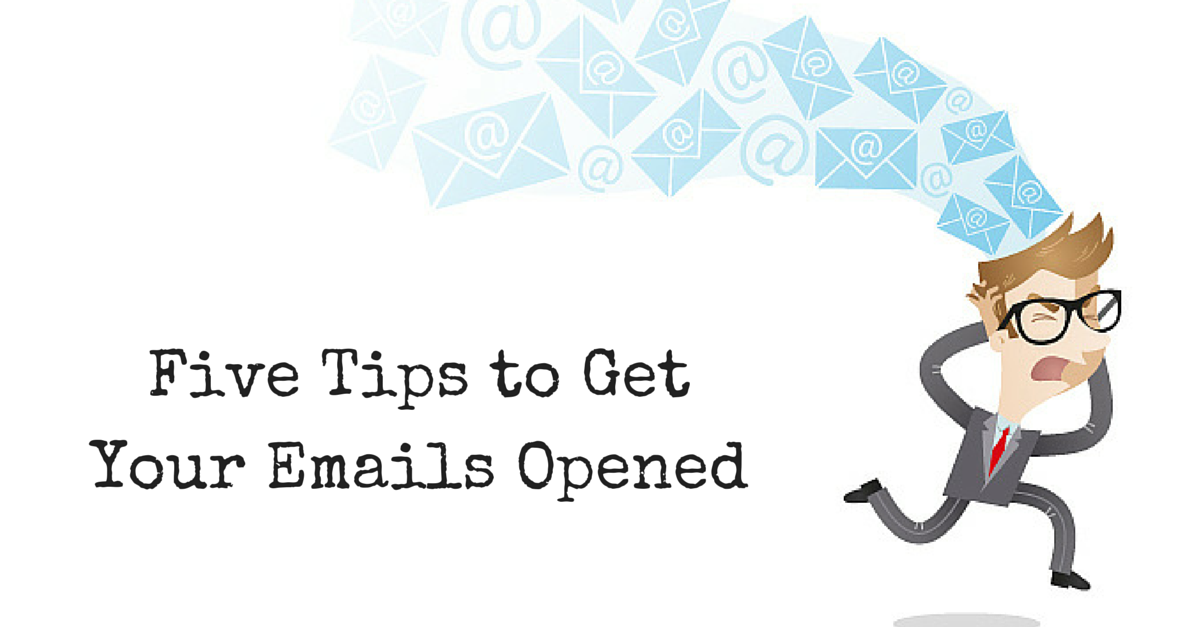When you’re in marketing, you send a lot of emails – and there’s nothing more disappointing than checking your analytics the next day to find that only 1 out of 100 people opened your latest message.
This is a reoccurring process that happens with many marketers out there, regardless of industry. So, in order to stop the cycle of digital defeat, here are five tips to help get your next email opened, read and clicked on!

1. Keep Your Subject Line in Check
Avoid using spammy language like “free” or “percent off”, or spammy behaviors like using all capital letters and exclamation points. This could make your audience think that your content is junk mail, (which it most certainly is not!) Also, keep it short and sweet. People who receive numerous emails on a daily basis have a tendency to scan subject lines quickly, only glancing at the first few words – especially if they’re on a mobile device. Make those words count!
2. Put a Name to It
Send the email from you, an actual human, instead of a vague, unfamiliar email address where recipients cannot reach back out to you. Sending messages from a no-reply address does nothing to the relationship you’re trying to build though your emails. Remember: people do business with people.
3. Write to Individuals
Keep your messages casual and conversational, as if you were chatting one-on-one with a friend. People receiving your emails want to feel as if they are the only person your messages are geared to, not just a name on a list of 100. Also, if you use marketing software like HubSpot or Pardot, you can set variables so that you are greeting each recipient by their first name.
4. Break High School Rules
Don’t write your emails like a five paragraph essay – use short sentences and bullet points, and experiment with font size, style and color. If someone is taking the time to actually open your emails, you want to make sure they are quick, easy and enjoyable to read. Try writing your next email in an “F” formation, sentences broken up by bullet points, to keep your reader’s eyes moving. Also, keep in mind that they could be reading them on their mobile device, so your messages should be easy to read on any size screen.
5. Deliver When Your Audience Is Online
Try to send emails when you think your audience is the most likely to see them. For example, if you’re emailing corporate offices, stick between the hours of 9 to 5, whereas restaurants and retail stores can get away with sending emails in the evening. In many industries, however, this can be hard to predict on the fly, so check your email analytics from the past and test different days/times to see how these changes affect your open rates.
There you have it. No games or gimmicks – just a few tweaks to your everyday email marketing strategy can help get more eyeballs on your messages. Now it’s your turn!